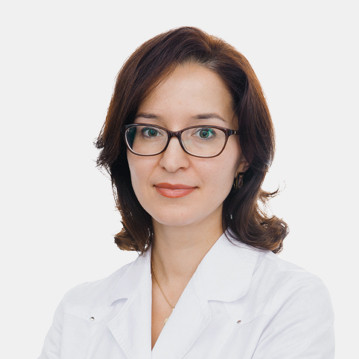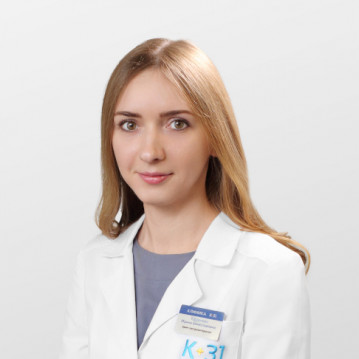Infectious viral diseases have a long course and latent nature of manifestation. For some reason, the body's immune response is too weak or does not recognize the infectious agent, As a result, it penetrates into organs and tissues at the cellular level and actively multiplies.
The danger of such pathologies is that they slowly kill the immune system. Early detection of infections allows treatment without complications for health, so it is important to get diagnosed after the first alarming symptoms.
Features of the course of chronic viral infections, their danger
There are certain diseases caused by viruses that always or most often take a permanent form.
Such viral infections are divided into:
- Primary. They immediately have a chronic form and may have a long asymptomatic period. For example:
- HIV
- Papillomavirus.
- Ozena.
- Herpes.
- Secondary. After the acute period they pass into a long-term chronic form. These are form B hepatitis, tonsillitis and others.
Secondary ones have three forms of flow:
- With a typical picture of a chronic disease.
- With a typical picture of a long, stable acute course.
- With a pronounced two-phase course, including acute and chronic periods.
All chronic infectious diseases affect many organs and systems of the body. Relapses and exacerbations are frequent with periodic improvement in well-being. However, periods of remission do not lead to recovery, and the condition of patients gradually worsens. Efficiency is lost, people cannot work or care for themselves.
For those around him, a chronic person is dangerous because he remains infectious even in remission. Many viral infections can be transmitted to other people through contact or respiratory contact.
Types of pathogenic viruses and diseases
Doctors distinguish several groups of pathogenic viruses that cause infectious diseases in people of all age groups. This:
Intestinal pathogens – such as rotavirus infection.
- Respiratory:
- Rhinitis.
- Bronchitis.
- Tonsillitis.
- Pharingitis.
- Laryngitis.
- Neuroinfections:
- Meningitis.
- Encephalitis.
- Damaging internal organs:
- Pneumonia.
- Ulcerative colitis.
- Viral hepatitis.
- Epithelial, or diseases manifesting on the skin and mucous membranes:
- Chickenpox.
- Dermatitis.
- Shingles.
- Papillomas.
- Warts.
- Vascular:
- Vasculitis.
- Erythema.
- Hemorrhagic fever.
- Influencing directly the immune defense. For example, HIV.
Viral pathogens are:
- With one or two DNA helices. These are herpes viruses, papilloma viruses, etc.
- Only with RNA (retrovirus, poliovirus).
A large group of infectious agents penetrate the tissues of the human body forever. In this case, there is no therapeutic effect from the treatment.
The task of medical care is to minimize harm from the influence of infections and prevent the development of complications. For example, hepatitis C and B can cause cirrhosis of the liver and malignant tumors, so the patient should be under medical supervision throughout his life.
Reasons
The cause of any infection is the introduction of a viral agent into the body, into an environment favorable for development and the formation of colonies. The modes of transmission of these pathogens may vary.
Ways of infection:
- Respiratory.
- Hematogenous (through the bloodstream).
- Nutritional (via the gastrointestinal tract).
- Gender.
Several routes of infection lead to one disease. For example, viral hepatitis A is transmitted through the nutritional, or more precisely, fecal-oral route of infection. Hepatitis B and C are transmitted alimentarily through water, food, contaminated things, but can also be transmitted through blood or sexual contact. The influenza virus quickly penetrates the mucous membranes of the mouth and nose, as well as the eyes.
Are there always symptoms
The manifestation of pathology depends on the disease and degree. Viral infections often have a violent onset, and a set of signs allows the doctor to suspect the type of pathogen, which is confirmed by laboratory tests.
However, there are diseases that exist for tens of months and years without symptoms. The patient can learn about them after preventive diagnostics. Therefore, tests for these infectious pathologies are included in the list of mandatory tests during medical examinations, before operations, during pregnancy, and as part of a general examination. This:
- Human immunodeficiency virus.
- Viral hepatitis B, C.
- System venereal disease syphilis.
Any malaise or intoxication syndrome should be a reason to consult a doctor. Identifying markers of viral infections in the asymptomatic stage will allow them to be treated at the initial stage and prevent infection of other people.




